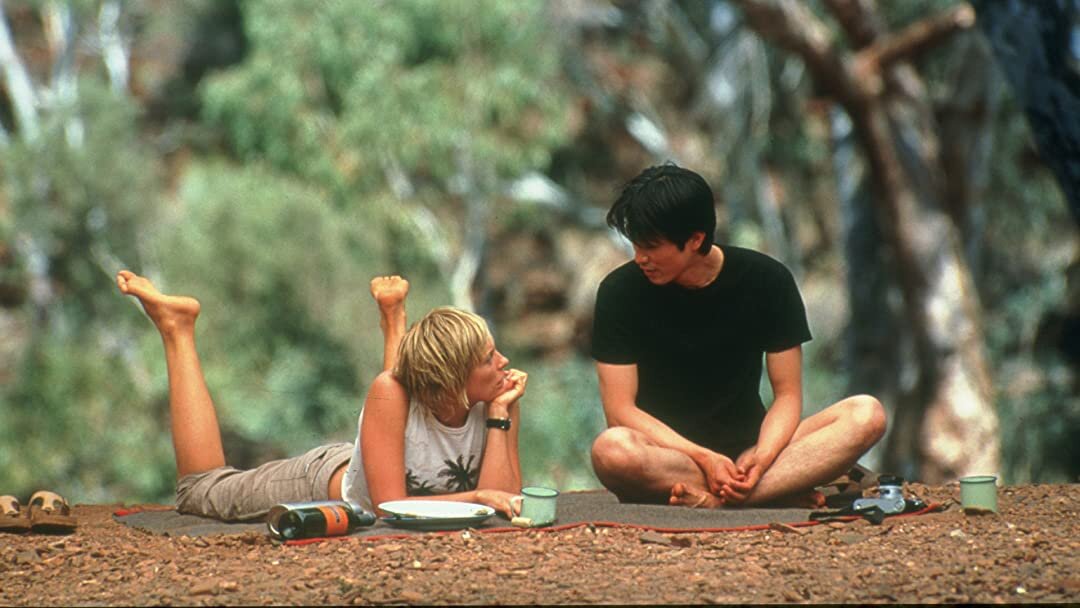The theme of this movie is religious intolerance. What starts out as “forbidden love” between a small-town Hindu boy and Muslim girl becomes a horror story as they take their “forbidden love” to the big city, Bombay. There they land right in the middle of the vicious religious cultural riots of 1992-1993.
The first half of the film is primarily a romance. Fathers oppose the pairing of the two whose courtship and elopement are of the “love at first sight” variety. In Bombay, away from family, their love blossoms and they are blessed with twin boys. After six years, they finally see their families again, but the backdrop of Hindu-Muslim violence, now so voluminously documented by the official Srikrishna Commission Report, tears apart their neighborhood as well as their family life.
The scenes of street violence are appalling. What makes this even worse is that we witness some of this from the perspective of the two 6 year old twin boys who are separated from their parents. The scene where the two small boys are reunited after being separated from one another is one of the most moving scenes of the whole movie.
What director Mani Ratnam (Dil Se) has done is effectively balance a personal and family conflict with the larger cultural and religious conflicts that still infect Indian society. Yes, there are victories of love over hate from time to time, but the scale of ancient hatreds is depressingly on view here and is a reminder of how hard it is to shake deep-seated cultural mistrust, as with Israeli-Palestinian divisions and entrenched racism in the U.S. People die in these situations, and the movie “Bombay” does not attempt to sugarcoat this fact.
There are musical numbers throughout this film. Several of them are very good, especially the wedding celebration near the beginning which is filmed against an amazing architectural location. Some are less effective, but overall, I’ve grown to enjoy the “Bollywood” practice of combining music and drama.
Rajiv Menon’s photography is splendid throughout. I especially enjoyed his work outside during monsoon rain storms, and the constant running rain water just outside the interior rooms where much of the first half of the movie takes place.
Regarding the DVD, however, we have here another example of Eros Productions’ poor quality control.The transfer is replete with speckles and dust, although the colors do shine through. Most egregious is the series of forced commercials the viewer must sit through before the main menu. If I see that Tilda Basmati rice commercial one more time I’m gonna scream!
Copyright 2005 (c) by Dennis D. McDonald

